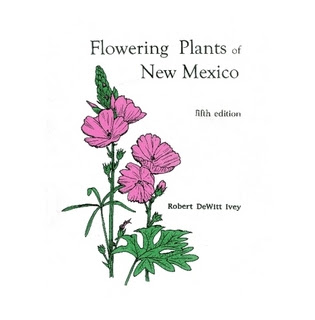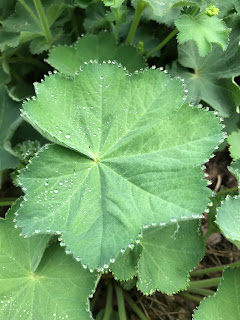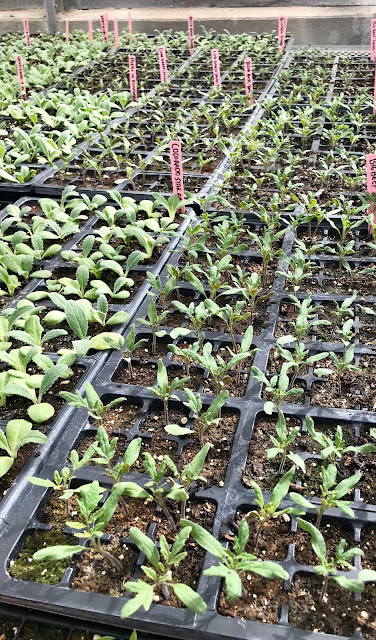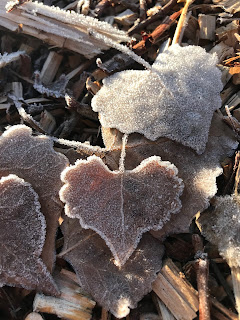Grow Your Library: Recommended Plant Books (2020 UPDATE!)

Southwest Yard & Garden by Dr. Marisa Thompson Updated from July 2018 Robert DeWitt Ivey’s Flowering Plants of New Mexico is a must-have ( http://www.lulu.com/ ) . Question: What are your favorite plant books? - Santa Fe County Extension Master Gardener Trainee Answer: I love this question. In summer 2018, Extension Master Gardener Lin Yeskie was looking for recommendations while revamping a Master Gardener volunteer library. So, I wrote a column about my favorites and surveyed other experts for their suggestions. I’ve recently updated our collective recommendations: I still try to keep an edition—any edition—of Robert DeWitt Ivey’s Flowering Plants of New Mexico with me as I travel around the state. Every plant in the book includes a hand-drawn image of the flowering structures and leaves, and a zoomed-in portion of the plant if there are distinguishing characteristics to be found. In the introduction, Ivey explains that he made most of the draw



